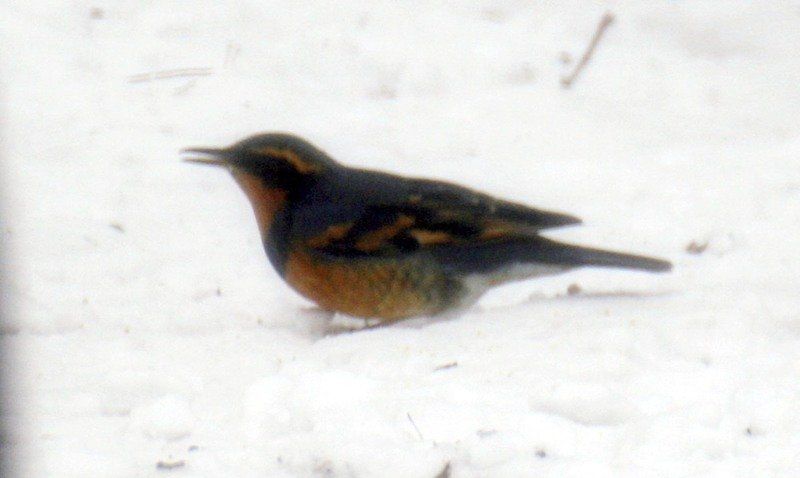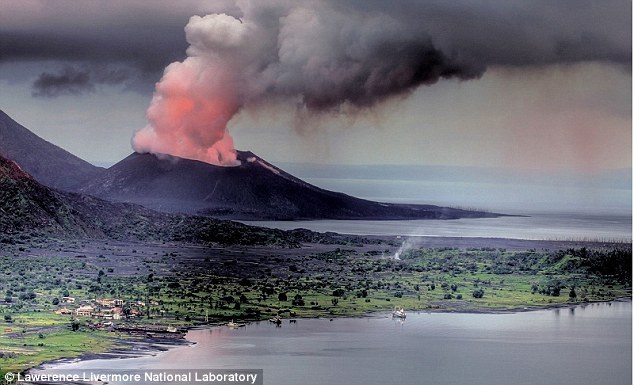OF THE
TIMES

One of the largest carbon sequestration projects in the U.S., the Illinois Basin - Decatur Project (IBDP) has reached its goal of capturing 1 million metric tons of carbon dioxide and injecting it deep underground in the Mount Simon Sandstone formation beneath Decatur, Illinois. The project is designed to demonstrate the feasibility of carbon capture and storage. IBDP director Robert Finley talked about the million-ton milestone with News Bureau physical sciences editor Liz Ahlberg. Finley is director of the Advanced Energy Technology Institute at the Illinois State Geological Survey, part of the Prairie Research Institute at the University of Illinois.The reservoir has been created to demonstrate the viability of carbon sequestration - capturing large quantities on carbon, to prevent the CO2 from being emitted into the atmosphere.


Comment: Other recent reports of sunfish turning up where they are not usually found: Rare deep sea Ocean Sunfish found for the first time in Pakistan's waters
Deep ocean sunfish found on beach in North Queensferry, Scotland
"Rare" 300-pound warm-water Mola sunfish washes up on Washington coast
What is that thing? Giant 'fish' pulled up from Seattle's Elliott Bay
Additionally in December 2012 this same area of Norfolk was subjected to a similar event: Sunfish invasion continues as third massive marine beast washed up in Norfolk
It's difficult to decipher exactly what's going on here. Is it simply a case of cold water incursions into warmer waters killing or stunning the fish and subsequently carrying them away? Or are they casualties of something more drastic occurring in the depths of the sea? Releases of methane gas and/or toxic chemicals from the sea floor due to seismic activity for instance: Creatures from the deep signal major Earth Changes: Is anyone paying attention?
Perhaps some combination of these factors is at play?